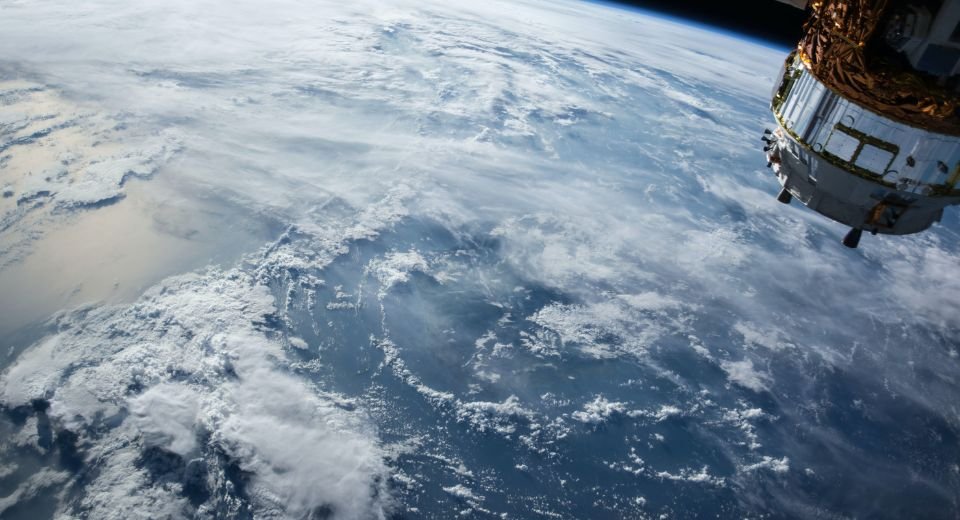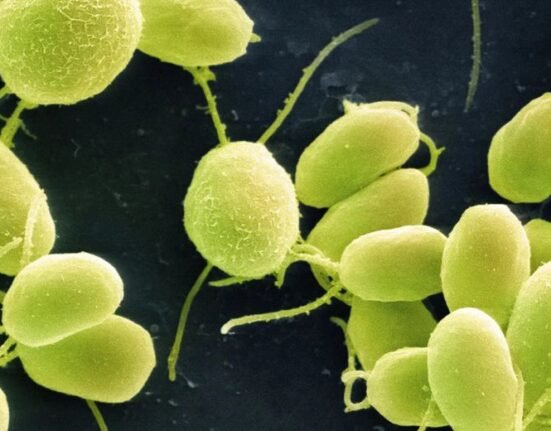HQ Team
October 18, 2024: As global greenhouse gas emissions continue to rise there is an urgency to find effective climate intervention solutions. Some out-of-the-box strategies include deploying mirrors in the atmosphere to scatter radiations or dumping iron into oceans to increase algae blooms to rid carbon dioxide.
Recent research sheds light on the potential of solid particles for stratospheric aerosol injection (SAI) as a method to mitigate climate change.
SAI is one proposed method to reflect solar radiation and cool the planet, potentially keeping global temperatures below 1.5°C as outlined in the Paris Agreement. This innovative approach can help reduce unwanted stratospheric warming.
Traditional methods of SAI used SO₂, which can lead to ozone depletion and stratospheric heating, exacerbating climate change impacts.
In the SAI method published in the Geophysical Research Letters, the scientists propose that shooting 5 million tons of diamond dust into the stratosphere each year could cool the planet by 1.6ºC—enough to meet the 1.5°C requirement to fend off the worst consequences of global warming. However, the experts estimate it would cost nearly $200 trillion over the remainder of this century to manage this goal.
Solid Particles as a viable alternative
The idea of injecting aerosols arose out of volcanic eruptions. It was noticed that the sulphur thrown up in the atmosphere during eruptions relatively cooled down the region. Recent studies indicate that injecting solid particles, such as diamond, could significantly lower stratospheric warming compared to gaseous SO₂. This method also enhances the backscattering of solar radiation, improving its effectiveness.
A key finding from the new research is that microphysical processes—specifically gravitational settling and particle agglomeration or clumping—play a crucial role in determining the efficacy of solid particle injections. Larger agglomerates tend to settle faster and reflect more forward than backward radiation, which reduces the overall radiative efficiency.
The study highlights that injecting diamond particles with a radius of 150 nanometers could minimize required injection rates and mitigate disturbances in stratospheric dynamics, including wind patterns and water vapour concentrations.
SAI concerns
Despite these promising results, uncertainties remain regarding the feasibility of deploying solid particles without them clumping together into larger agglomerates during stratospheric dispersion.
Solid particles tend to settle more quickly than gaseous aerosols, which can lead to reduced effectiveness in reflecting solar radiation.
Environmental Impact
Injecting solid particles can disturb stratospheric winds and alter the age of stratospheric air and water vapour concentrations. Understanding these impacts is essential to assess the broader environmental consequences of SAI. Current models struggle to accurately predict the complex interactions between injected aerosols and atmospheric dynamics. This uncertainty complicates efforts to understand the full implications of SAI on global weather patterns.
Continued research into the microphysical behaviours of these particles will be essential for assessing their practical application in real-world scenarios.








